Hallmarks on sterling silver cannot be properly deciphered without learning some of the historical logic behind the coding and consulting a good reference book. This sounds difficult, but just taking a few minutes with some pieces of English sterling and a reference book will help you de-code the places and dates of origin on the hallmark stamps. I hope the background of the dating system in this lens will help get you started.
A beautiful sterling silver object has intrinsic value as well as aesthetic value making the collection of fine silver objects the prime choice of many collectors. Well-made old silver of good design will last forever if handled gently. Gently polished old silver develops a rich patina over the years adding to its beauty. Becoming familiar with the hallmarks and what they mean adds pleasure and more meaning to having a silver collection.
Hallmarks on British Silver Pre-1975
Full British hallmarks are the four marks that include the mark of origin (assay), the standard mark (depicting the sterling standard), the maker's mark, and the date mark, not necessarily always in that order. In addition, between 1784 and 1790, a duty (tax) mark was stamped on silver objects depicting the head of the current monarch. In Ireland, the duty was imposed from 1807; and, in Scotland, 1819. There were sometimes special commemorative marks added to celebrate the occasion of a coronation or a jubilee.
In 1300, the sterling standard of 925 units of silver per thousand was established. The same standard was used in objects and in English coinage. A craftsman could not sell his silver objects until they had been tested or assayed and marked with a punch depicting the assay office. The earliest assay office was London depicted by a leopard's head. Soon other assay offices were established in England, Scotland and Ireland. Most offices had their own mark of origin. In 1363, each craftsman had to add a maker's mark. From 1478, in England, a date mark needed to be added to the hallmarking. In Scotland, a date mark was introduced in 1681; and in Ireland, in 1638. The earliest sterling standard mark was the leopard's head also used as the London assay office mark of origin. From 1544, after the silver coinage was debased, the sterling standard was identified by the lion passant, showing a full figure lion looking over its shoulder and waving. After 1544, the leopard's head became known as the London assay office mark of origin.
In 1697, another standard called the Britannia standard of 95.84% purity was established. The Britannia standard marks are the Britannia figure and the lion's head erased. From 1720, the sterling standard and the standard mark of the lion passant were re-established, although objects of the higher Britannia standard continued to be marked with Britannia and the lion's head erased.
Hallmarks on British Silver from January 1, 1975 to December 31, 1998
The British parliament passed a law effective January 1, 1975 governing the remaining four assay offices of London, Birmingham, Sheffield, and Edinburgh. All silver items weighing more than 7.8 grams must be hallmarked before being described as silver. There are four hallmarks in total: the registered maker's or sponsor's mark, the standard mark, the mark of origin (assay office mark), and the date letter.
London, Birmingham, and Sheffield still use the lion passant as the standard mark. Edinburgh uses the lion rampant. All four offices use the Britannia mark on silver meeting the Britannia standard. By 1975, London still uses the leopard's head as its mark of origin, Birmingham uses the anchor, and Edinburgh uses the three-towered castle. Sheffield uses the York rose replacing the crown it had used for over 200 years. All four assay offices use the same style date letter, which is now changed on January 1 of every year.
The correct dating of an object can be determined by referring to a good reference book on the subject. The shapes of the marks, the letters and the order of the hallmarks all need to be taken into account to establish an accurate date. The assay office marks and the standard marks can also be found in a good reference book.
Hallmarks on British Silver from January 1, 1999
The Hallmarking Act, effective from January 1, 1999, changed hallmarking of precious metal to three compulsory symbols, the maker's mark, the metal and fineness mark, and the assay office mark. The fineness or purity mark is a millesimal number contained within a shield depicting the precious metal.
Reference:
Anna Selby & The Diagram Group, Antique Marks (Glasgow: HarperCollins, 2004).

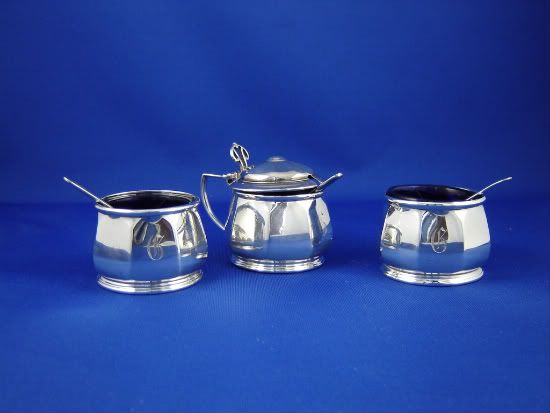
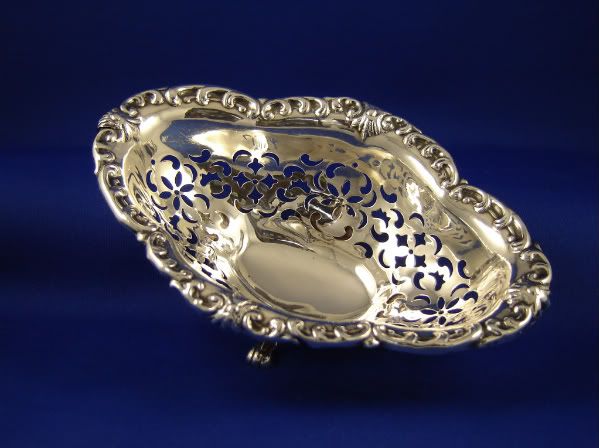
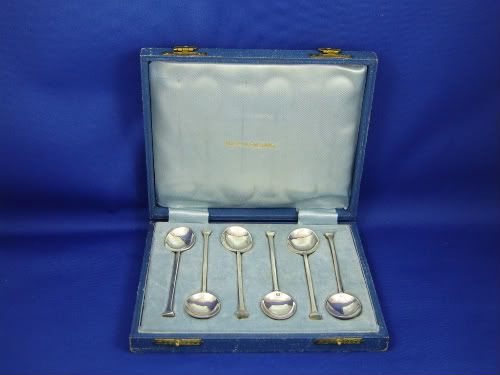
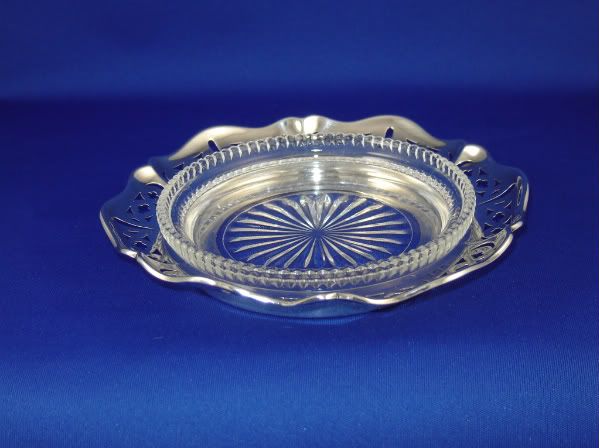

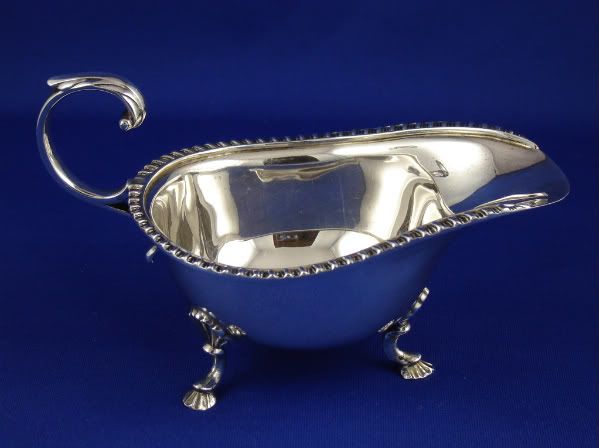


Very nice article, and it does make the British Hallmarking system clear, which is no easy matter....
ReplyDeleteGood Work!
Martin
This was a most elegant read, I appreciate the information.
ReplyDeleteI have always held sterling silver close to my heart-often more so than gold. I find it to be much more elegant and refined.
You have a lovely blog and I have enjoyed my visit, cheers!
Thank you Martin, I appreciate the compliment.
ReplyDeleteKimmy, Sterling silver objects are also my dearest treasures. Thank you for visiting my blog.
ReplyDelete